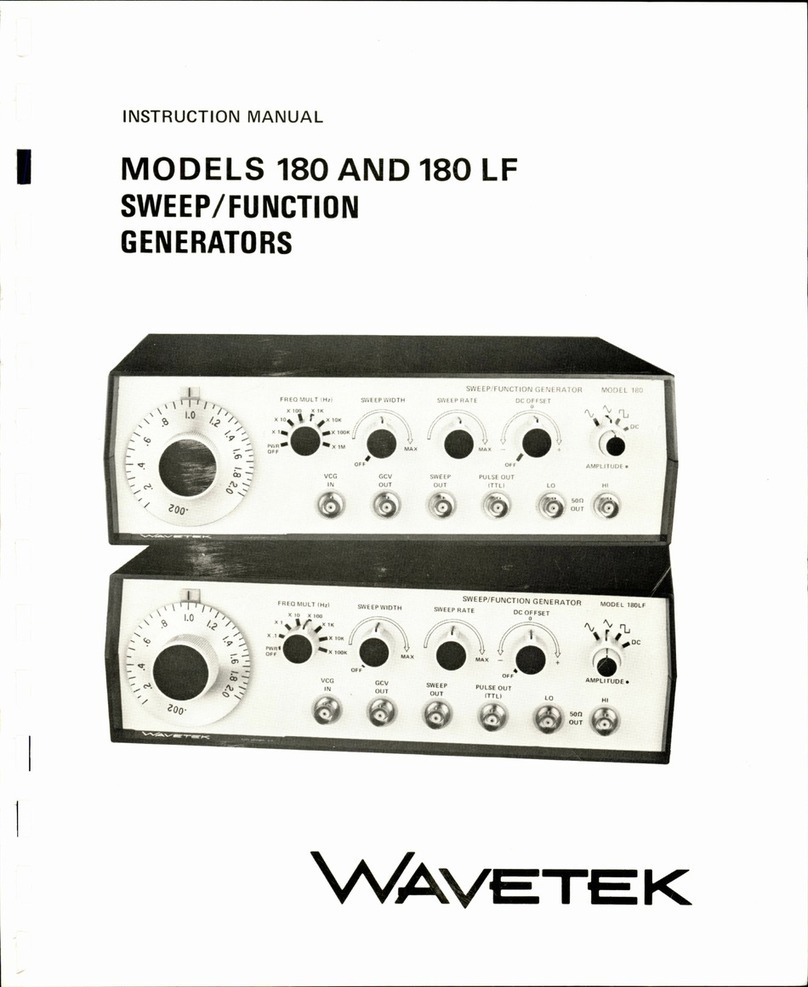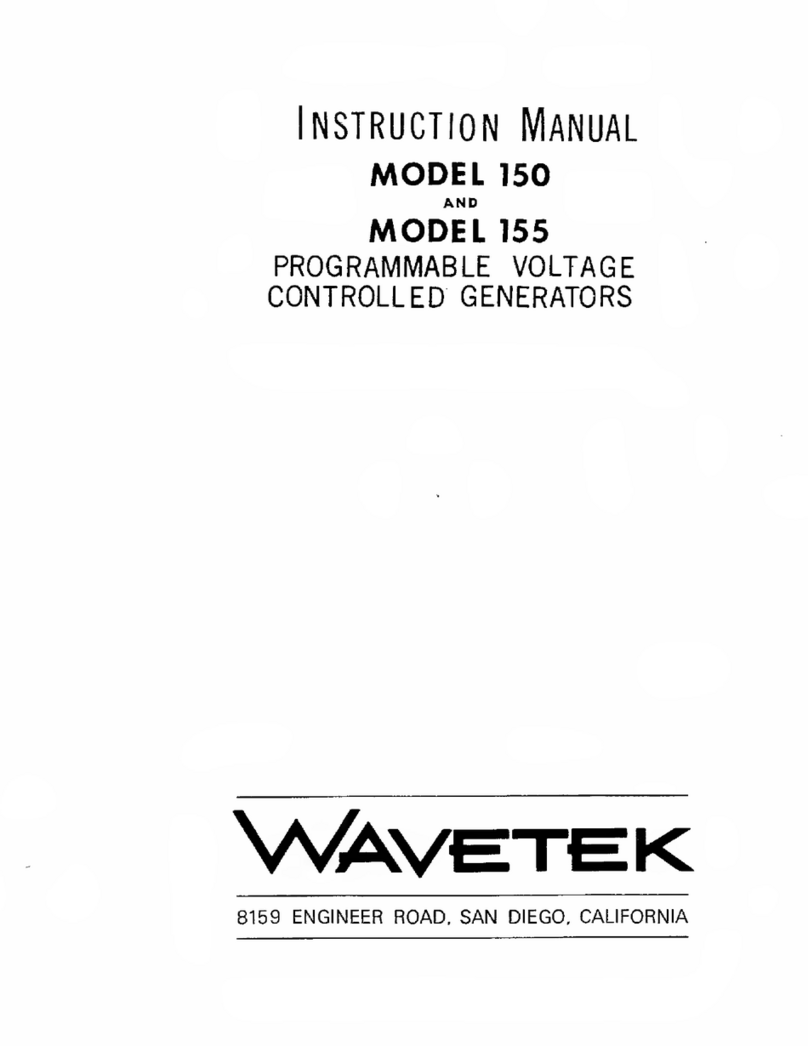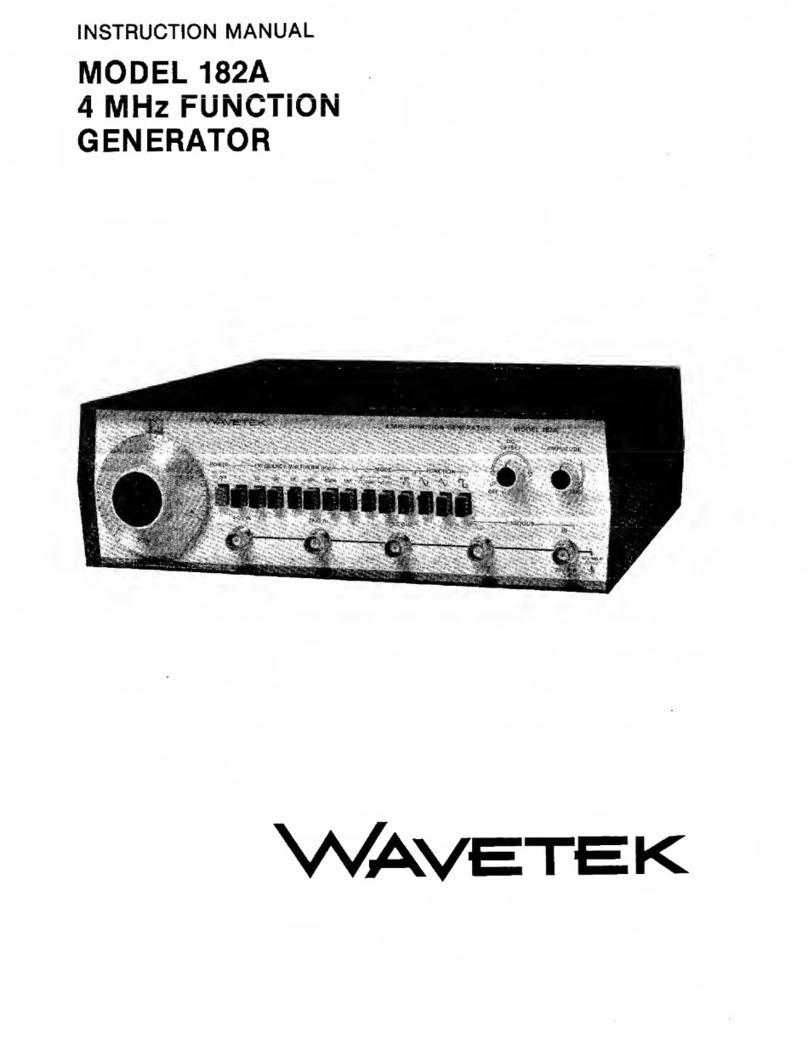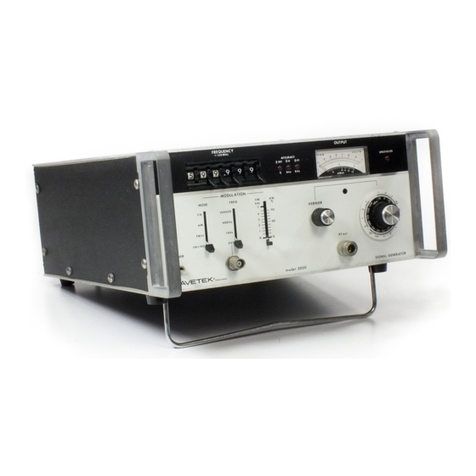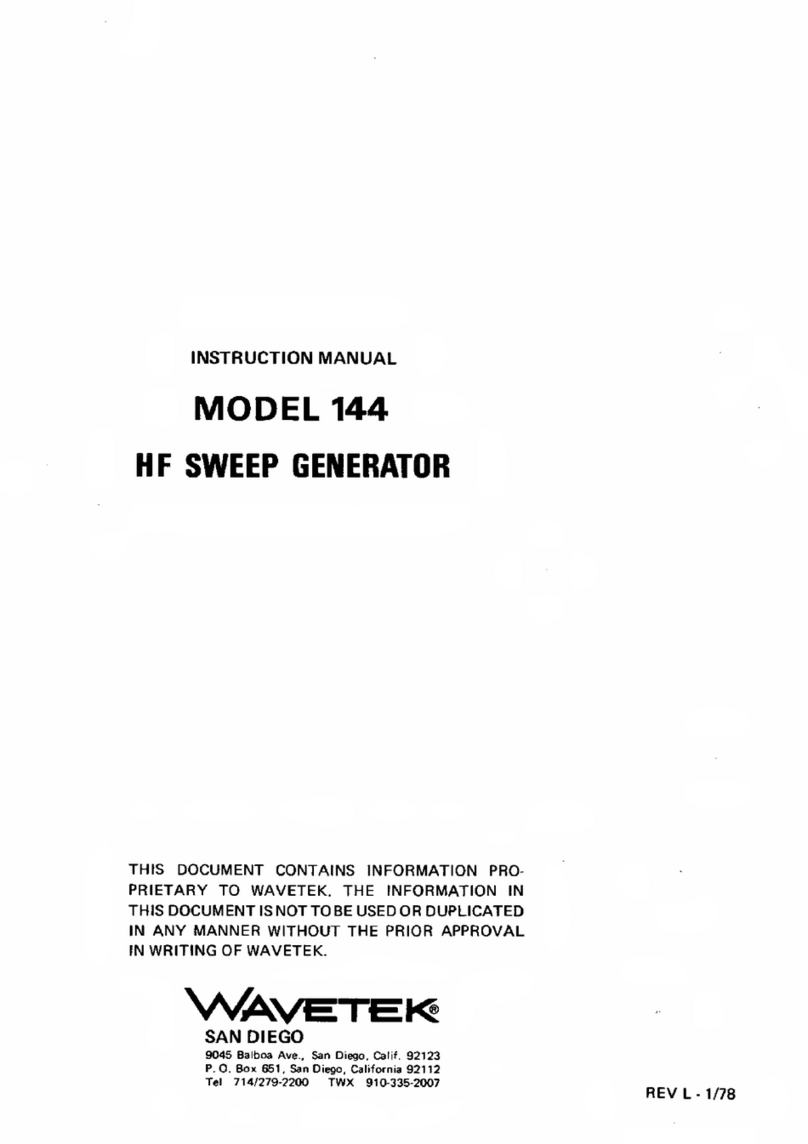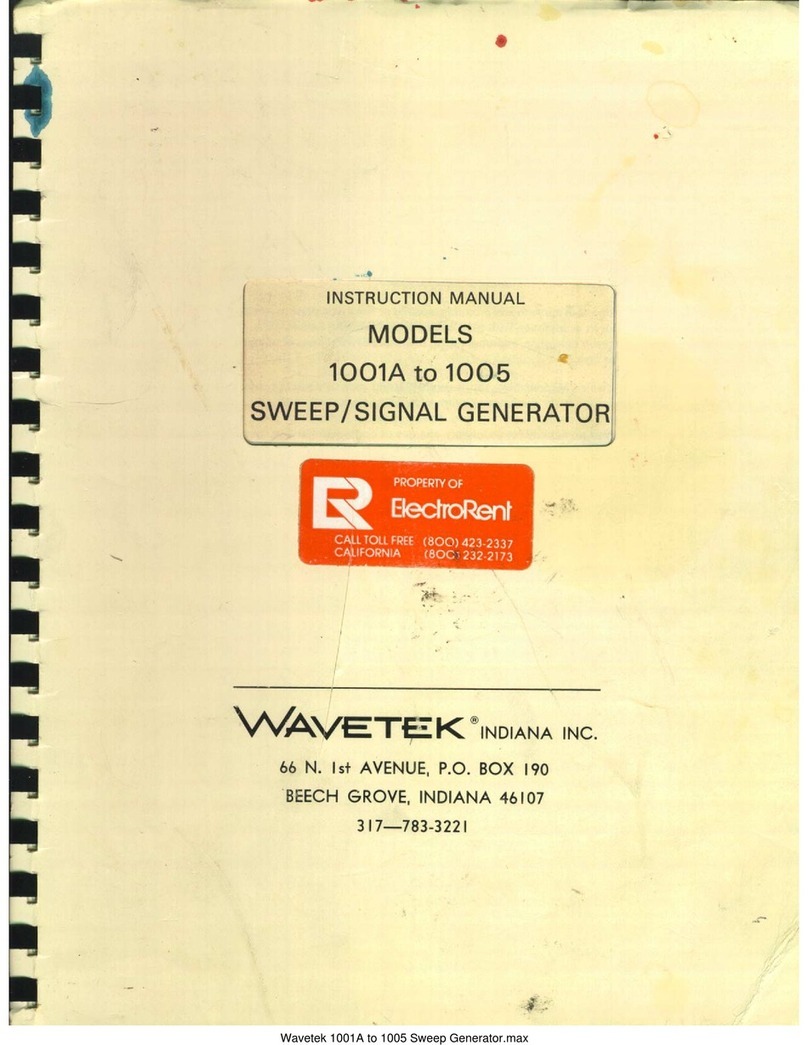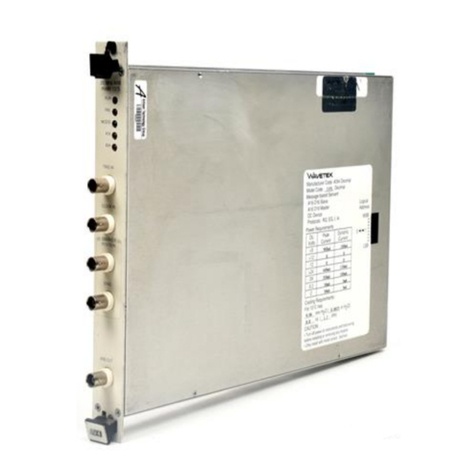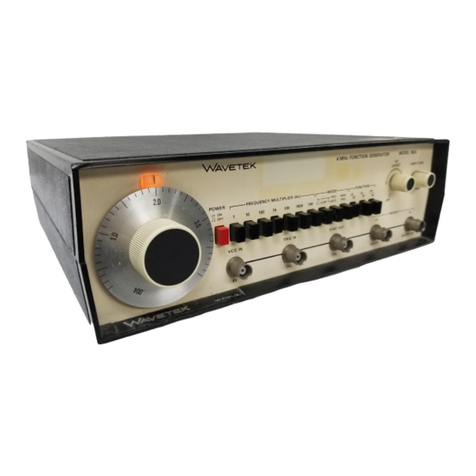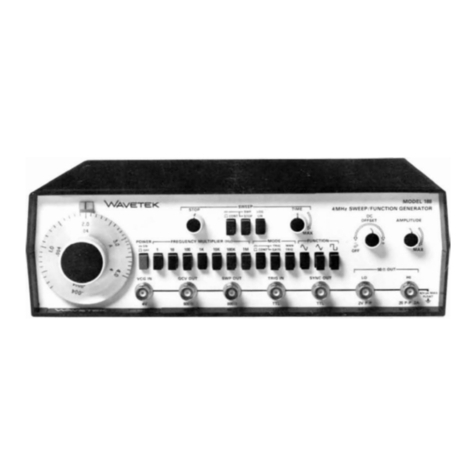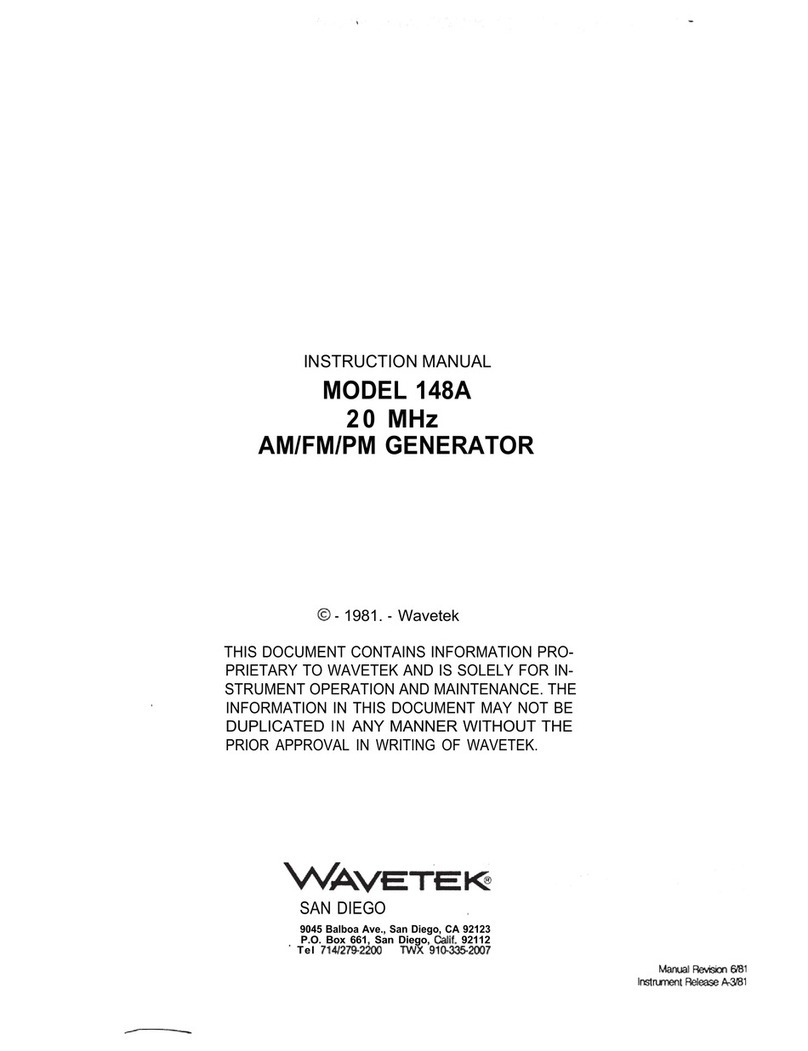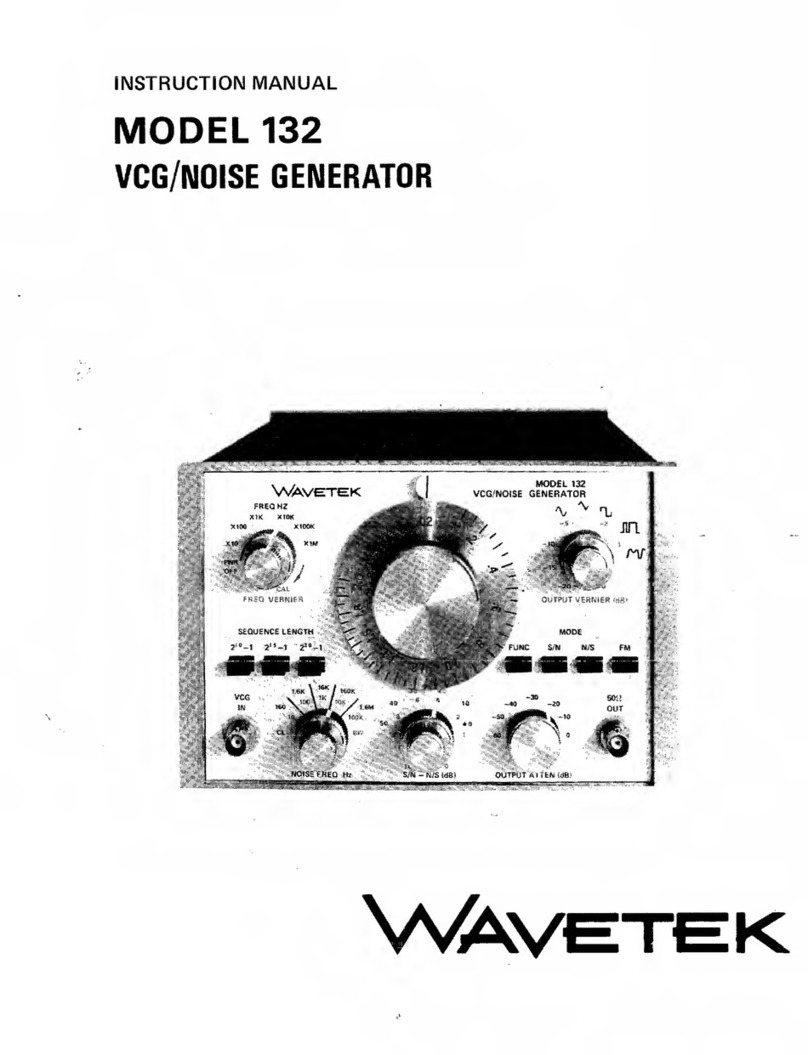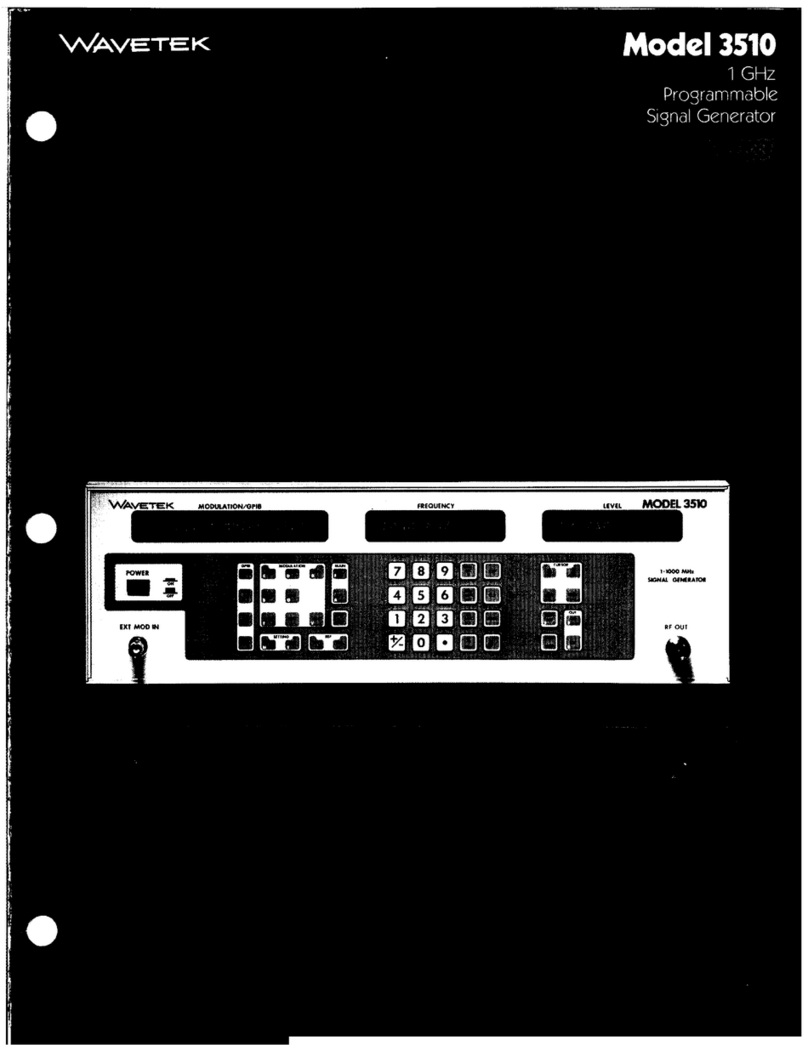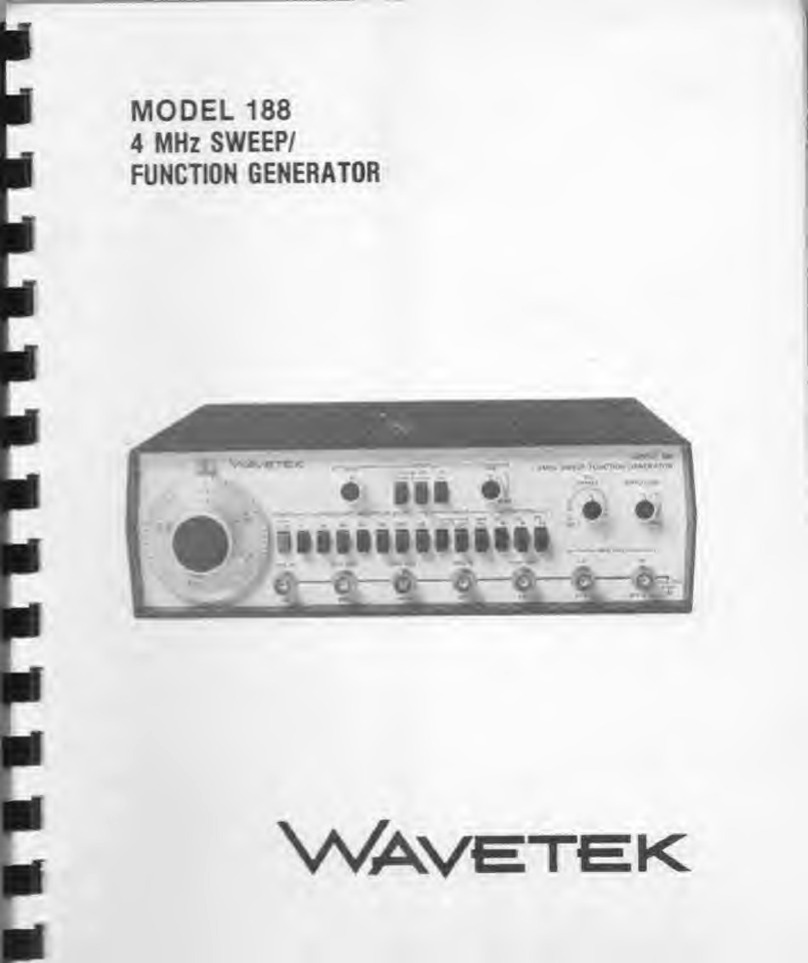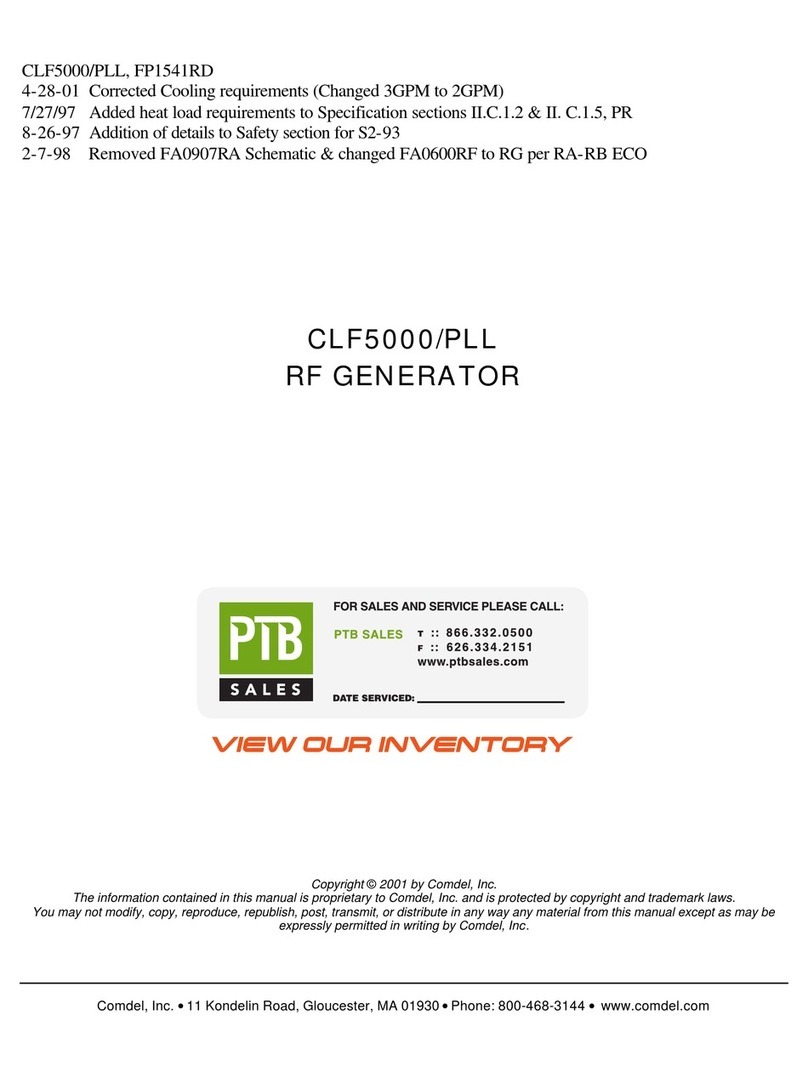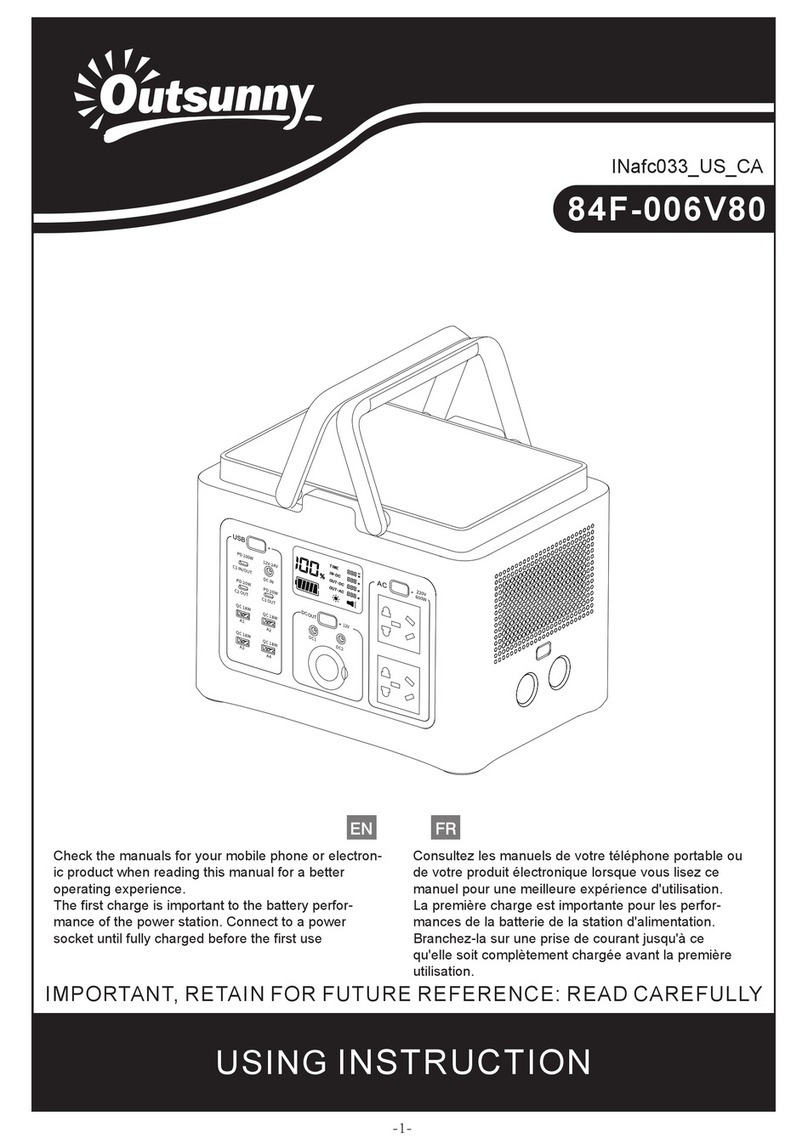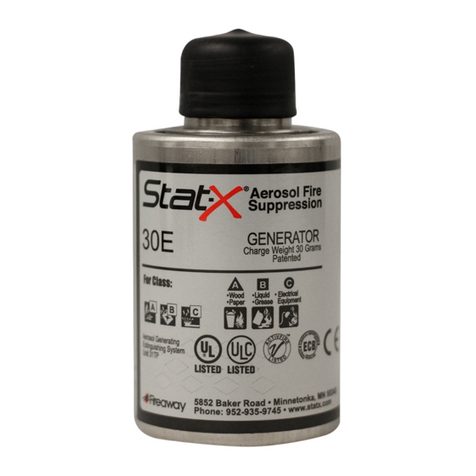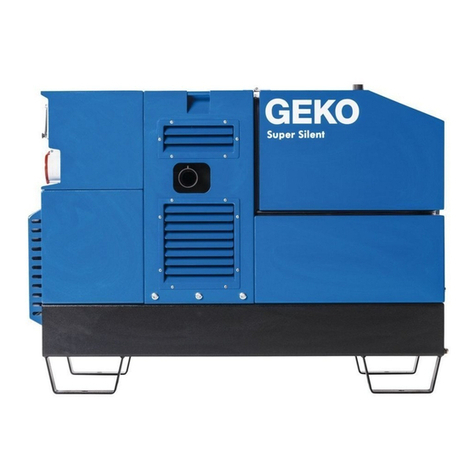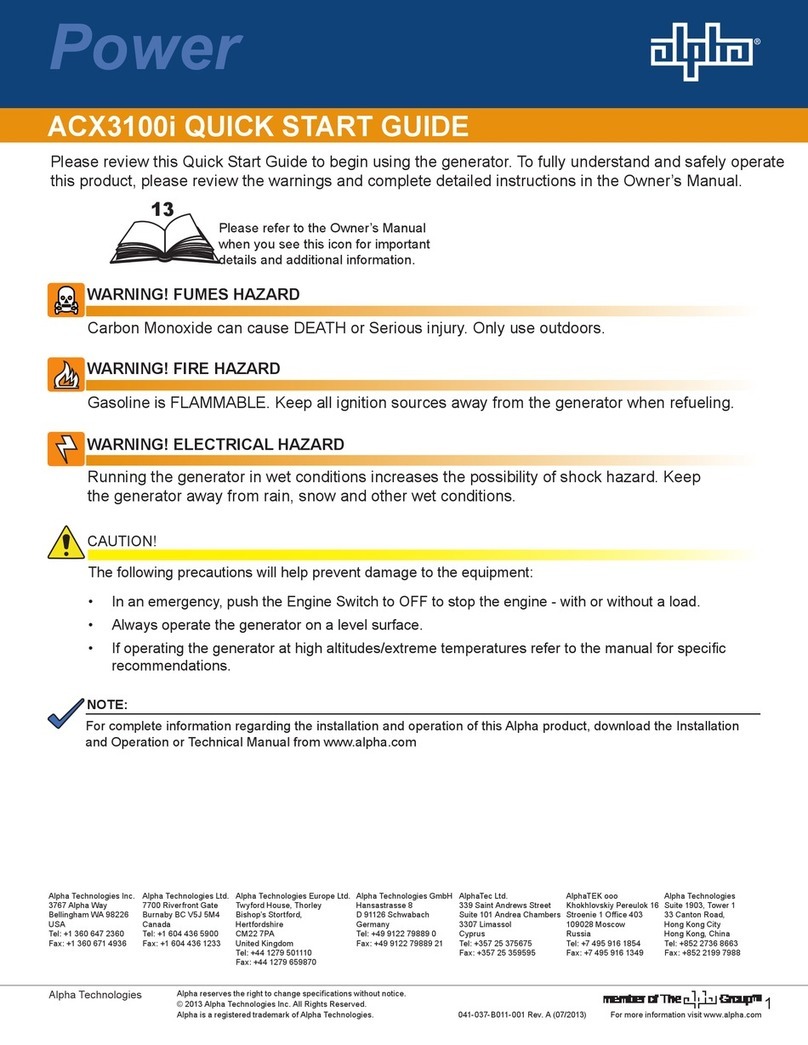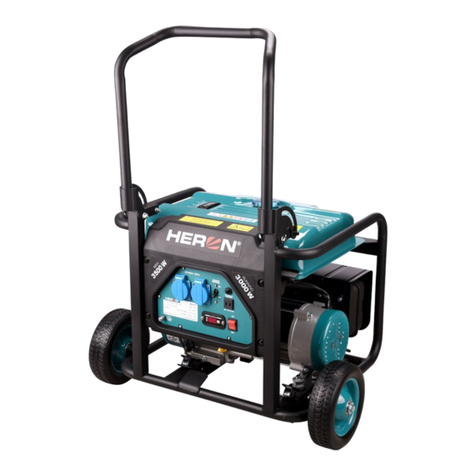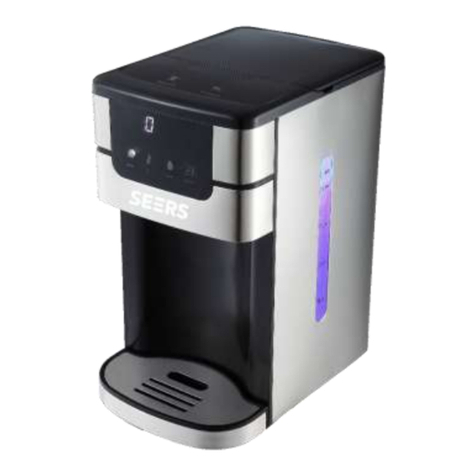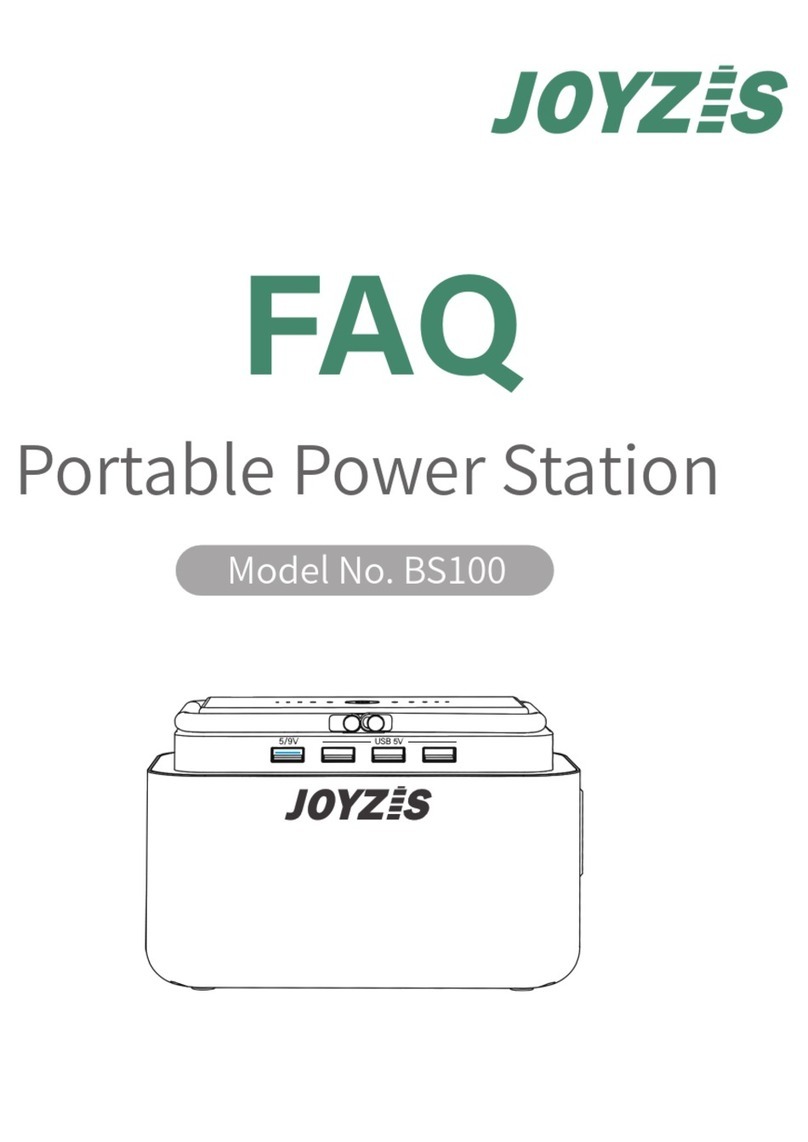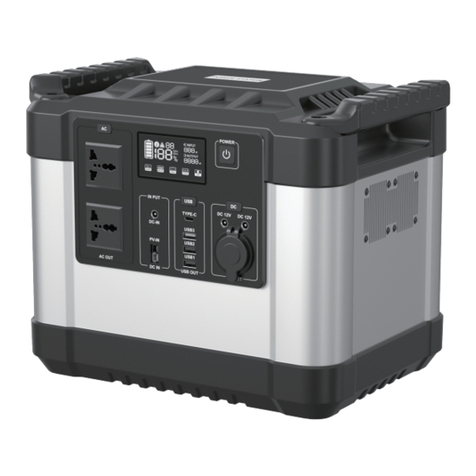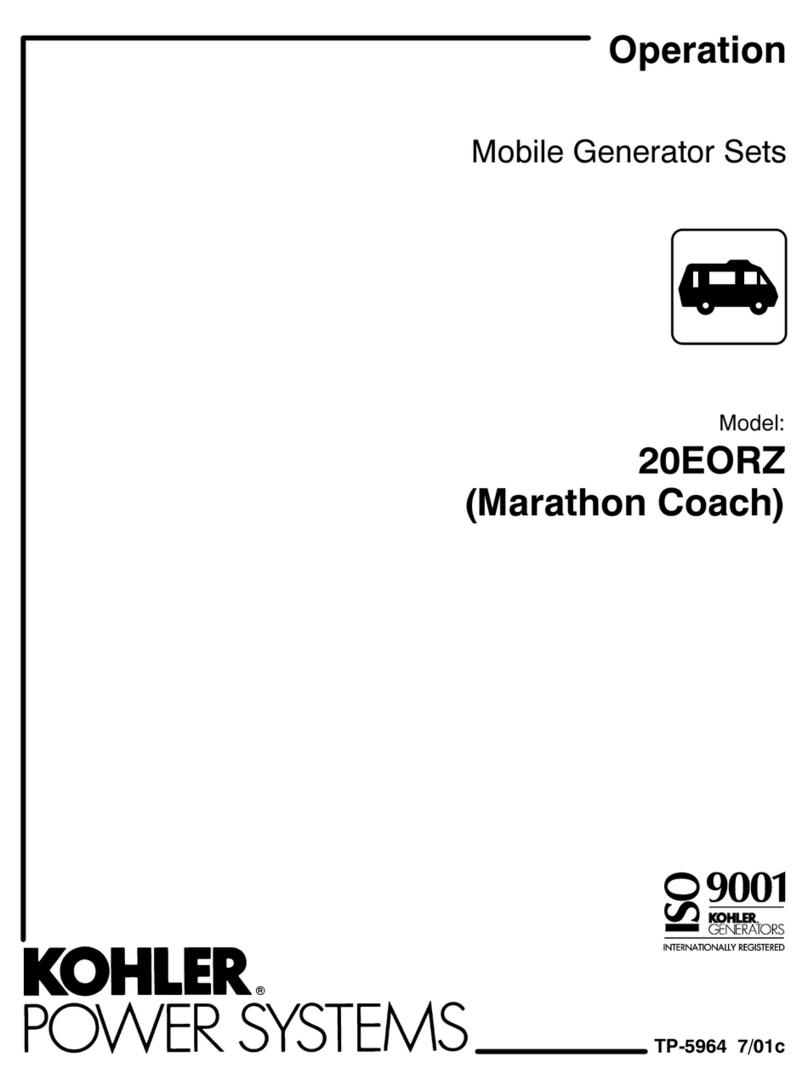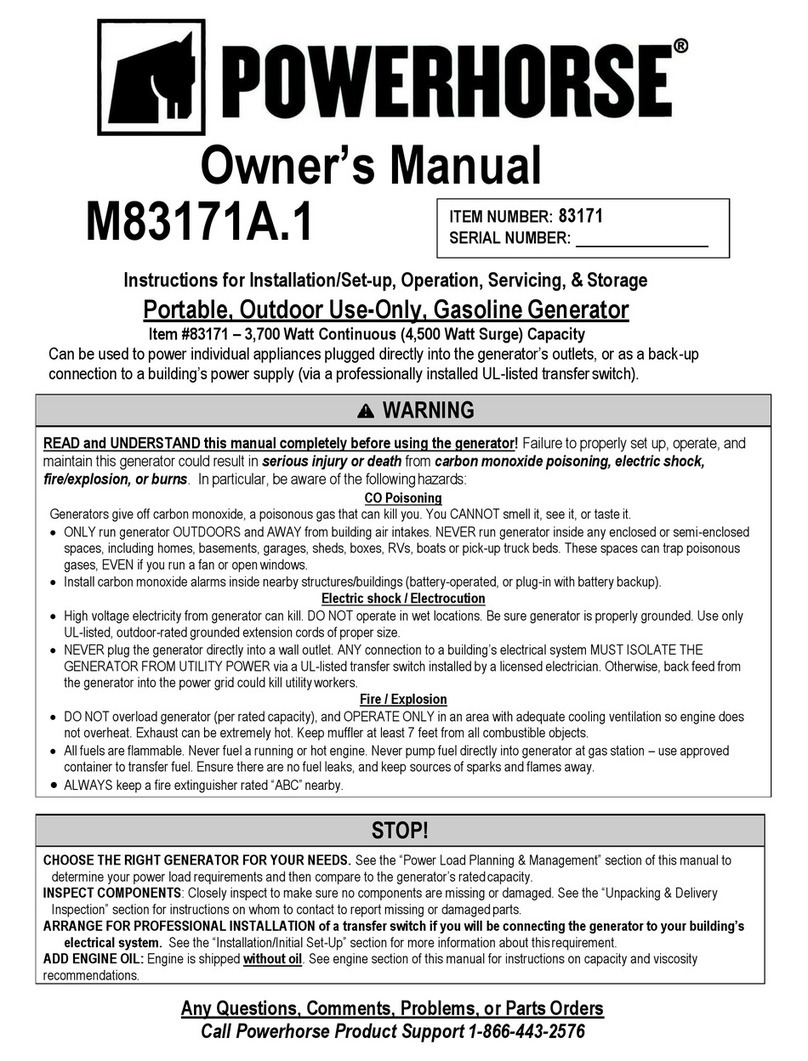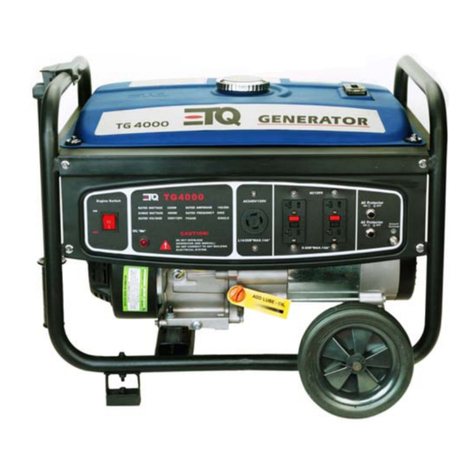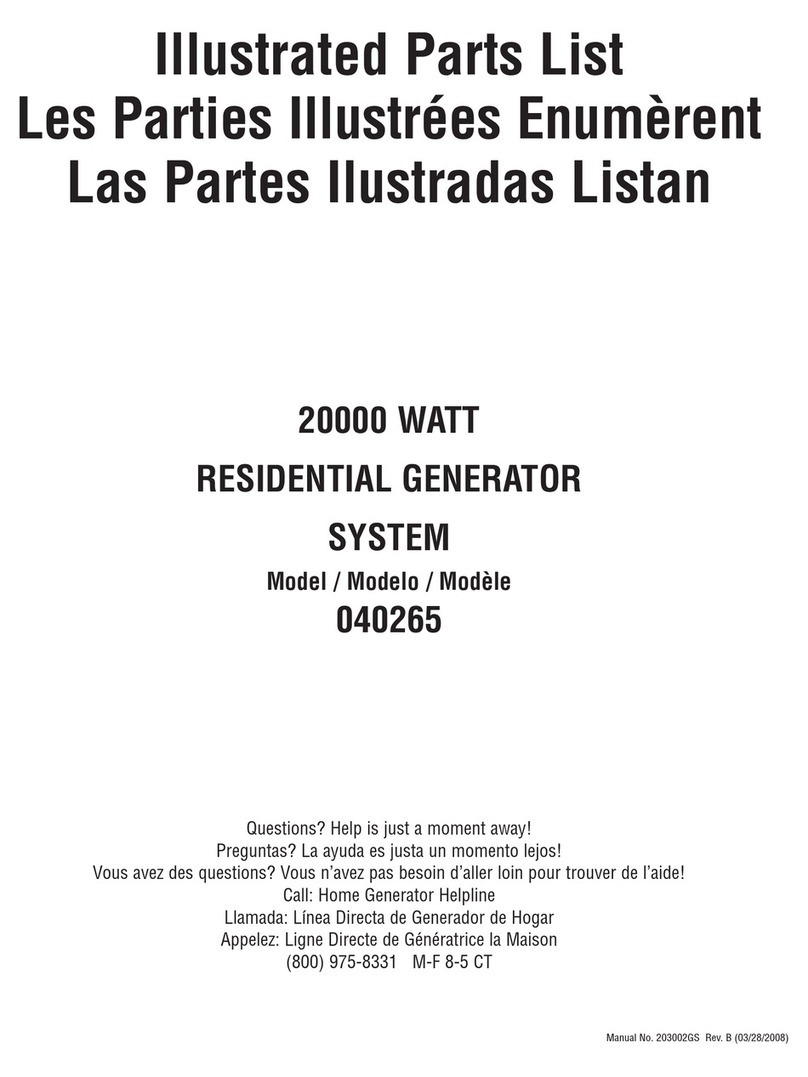
DIGITALY REMASTERED
OUT OF PRINT- MANUAL SCAN
S
By
ArtekMedia
P.O. BOX 175
Welch, MN 55089-0175
Phone: 651-269-4265
www.artekmedia.com
“High resolution scans of obsolete technical manuals”
If you are looking for a quality scanned technical manual in PDF format please visit our WEB
site at www.artekmedia.com or drop us an email at manuals@artekmedia.com
If you don’t see the manual you need on the list drop us a line anyway we may still be able to
obtain the manual you need or direct you to other sources. If you have an existing manual you
would like scanned please write for details. This can often be done very reasonably in
consideration for adding your manual to our library.
Typically the scans in our manuals are done as follows;
1) Typed text pages are typically scanned in black and white at 300 dpi.
2) Photo pages are typically scanned in gray scale mode at 600 dpi
3) Schematic diagram pages are typically scanned in black and white at 600
dpi unless the original manual had colored high lighting (as is the case for
some 70’s vintage Tektronix manuals).
4) Most manuals are text searchable
5) All manuals are fully bookmarked
All data is guaranteed for life (yours or mine …whichever is shorter). If for ANY REASON your
file becomes corrupted, deleted or lost, ArtekMedia will replace the file for the priceof shipping,
or free via FTP download.
Thanks
Dave & Lynn Henderson
ArtekMedia
